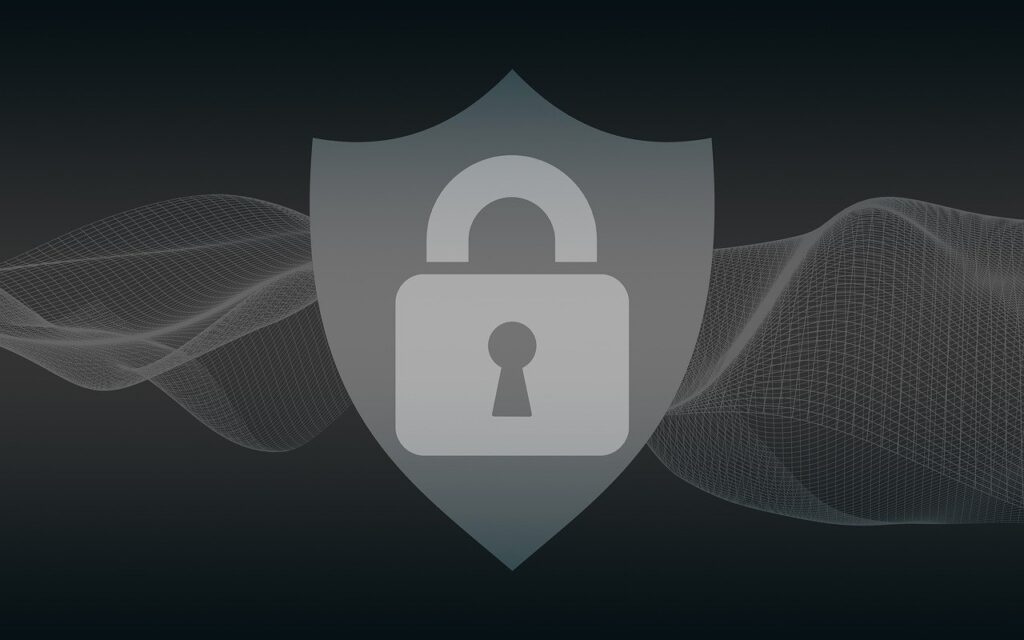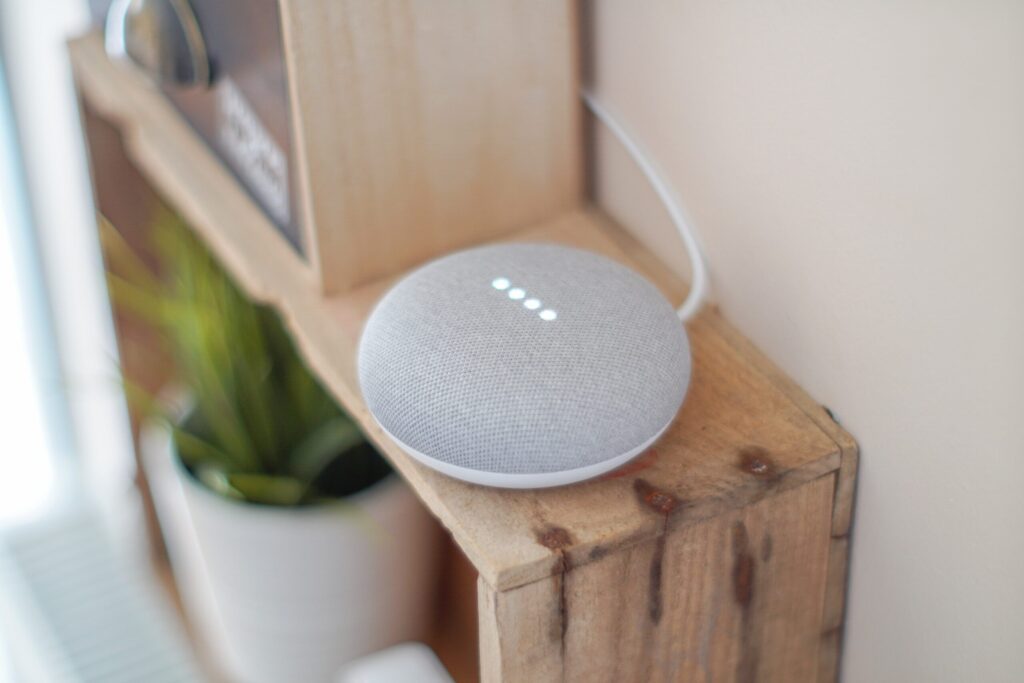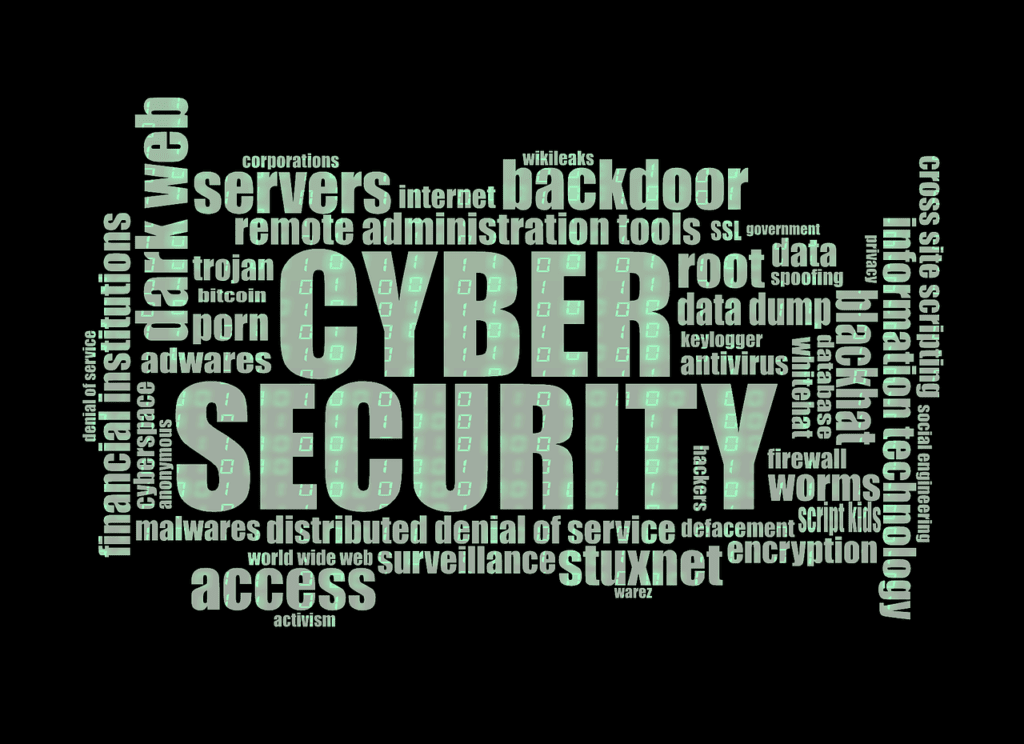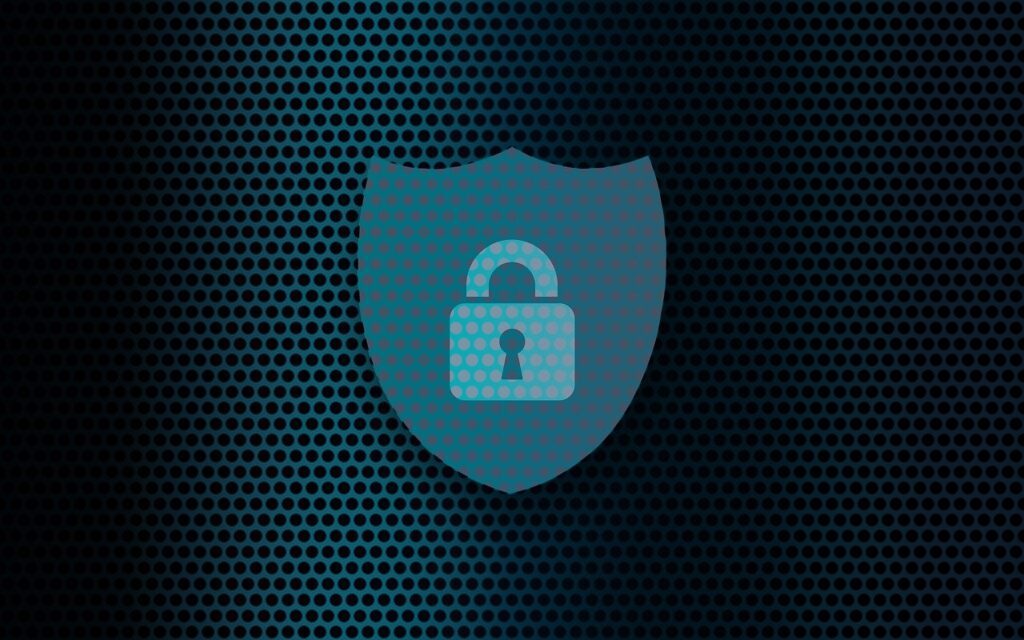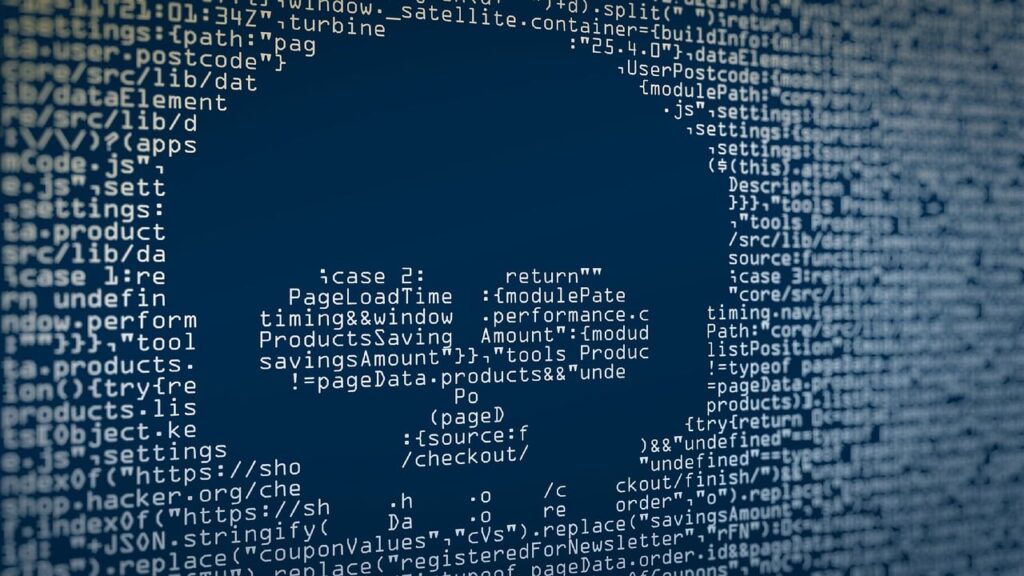Choose Wisely: What Smart Home Tech Should You Adopt and Avoid?
In the age of smart living, our homes are becoming increasingly intelligent. They’re designed to cater to our every need. Smart gadgets are transforming how we turn on the lights, home security, and more. They even help us feed our pets from



